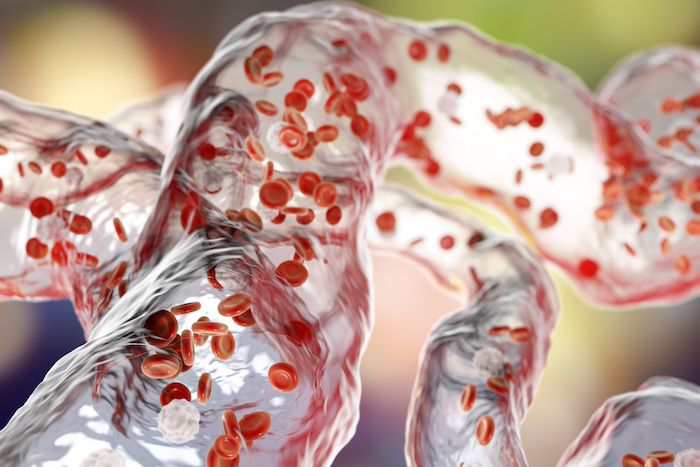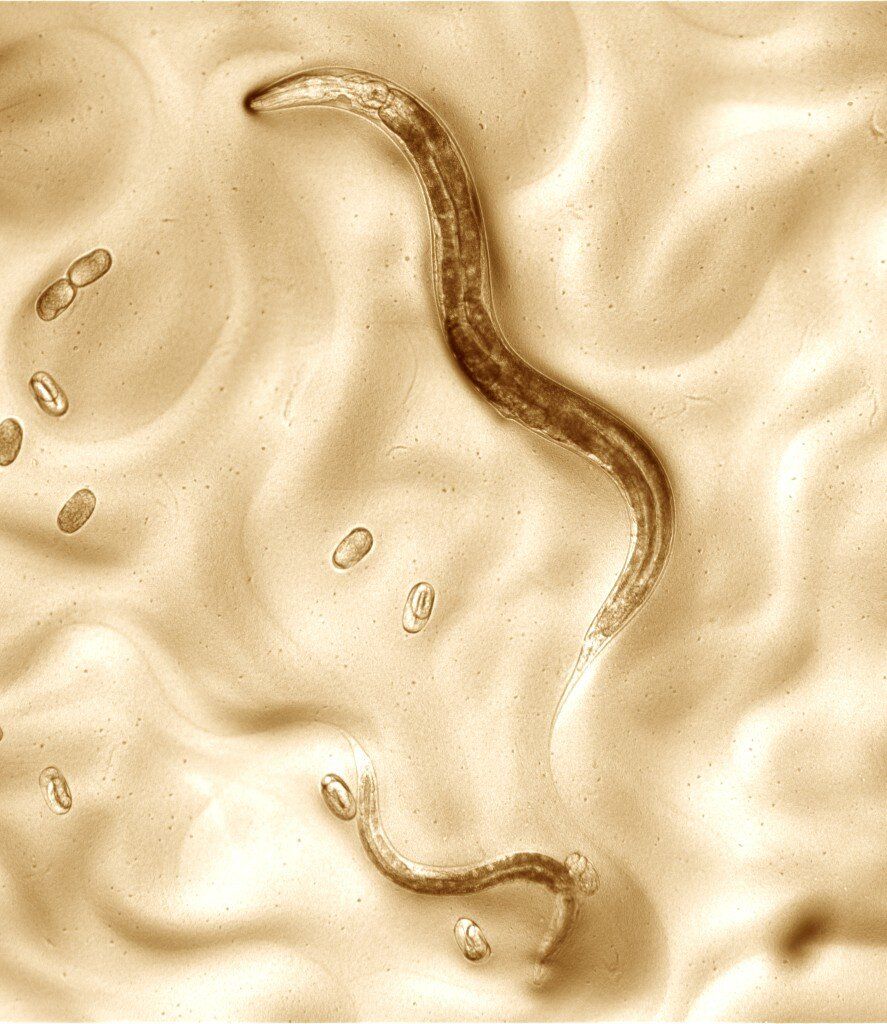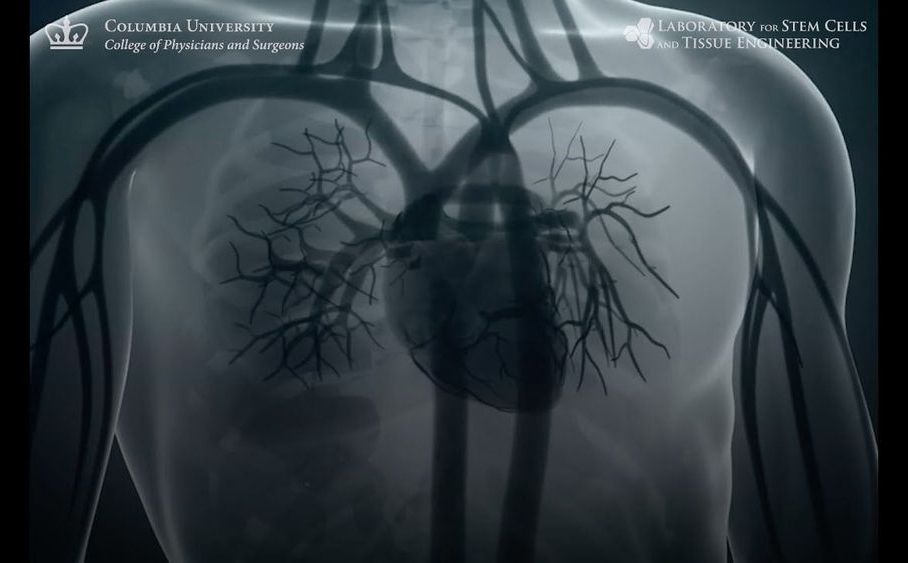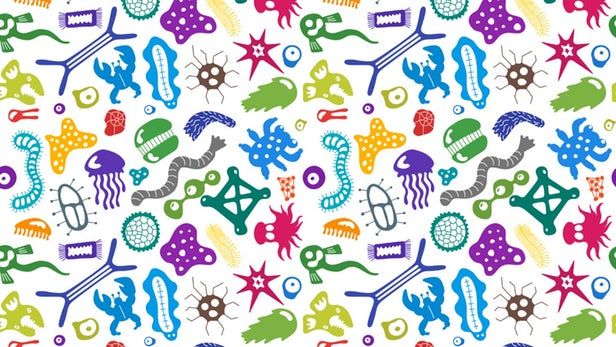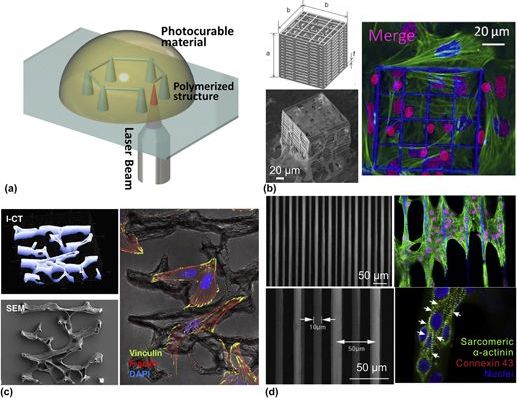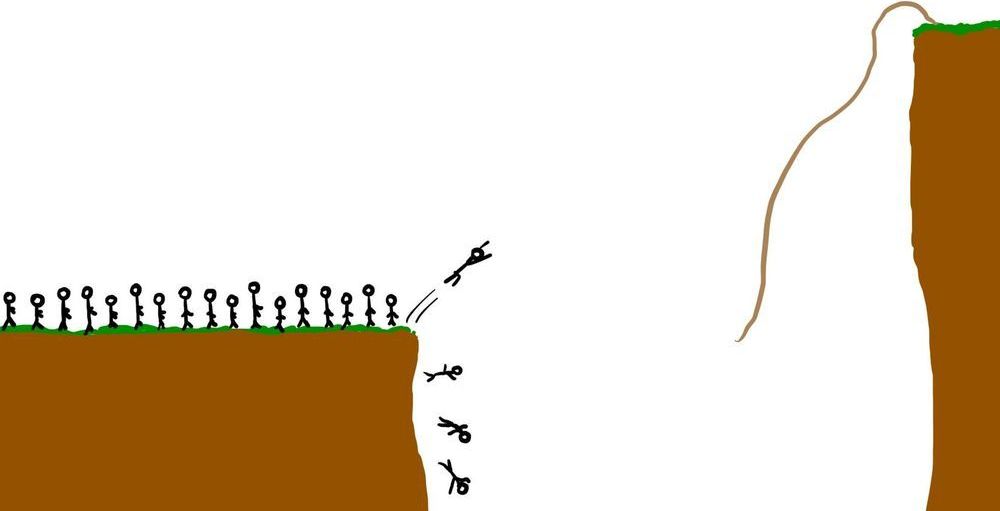Choriocapillary loss is a major cause of neovascular age-related macular degeneration (NV-AMD). Although vascular endothelial growth factor (VEGF) blockade for NV-AMD has shown beneficial outcomes, unmet medical needs for patients refractory or tachyphylactic to anti-VEGF therapy exist. In addition, the treatment could exacerbate choriocapillary rarefaction, necessitating advanced treatment for fundamental recovery from NV-AMD. In this study, Tie2 activation by angiopoietin-2–binding and Tie2-activating antibody (ABTAA) presents a therapeutic strategy for NV-AMD. Conditional Tie2 deletion impeded choriocapillary maintenance, rendering eyes susceptible to NV-AMD development. Moreover, in a NV-AMD mouse model, ABTAA not only suppressed choroidal neovascularization (CNV) and vascular leakage but also regenerated the choriocapillaris and relieved hypoxia. Conversely, VEGF blockade degenerated the choriocapillaris and exacerbated hypoxia, although it suppressed CNV and vascular leakage. Together, we establish that angiopoietin-Tie2 signaling is critical for choriocapillary maintenance and that ABTAA represents an alternative, combinative therapeutic strategy for NV-AMD by alleviating anti-VEGF adverse effects.
Neovascular age-related macular degeneration (NV-AMD) is a leading cause of irreversible vision loss among elderly persons in developed countries. NV-AMD is characterized by the formation of choroidal neovascularization (CNV), an ingrowth of abnormal blood vessels from the choroid through Bruch’s membrane into the sub-retinal pigment epithelium (RPE) or subretinal space. Throughout this ingrowth, abnormal leakages of fluids and bloods occur into the retina, causing vision distortion and loss of central vision (2, 3). To treat neovascular eye diseases including NV-AMD, anti–vascular endothelial growth factor A (VEGF) therapy has largely been used based on the fact that an excessive production of VEGF from hypoxic cells in the retino-choroidal complex is critical in the pathogenesis and features of neovascular eye diseases (3, 4).
Read more
